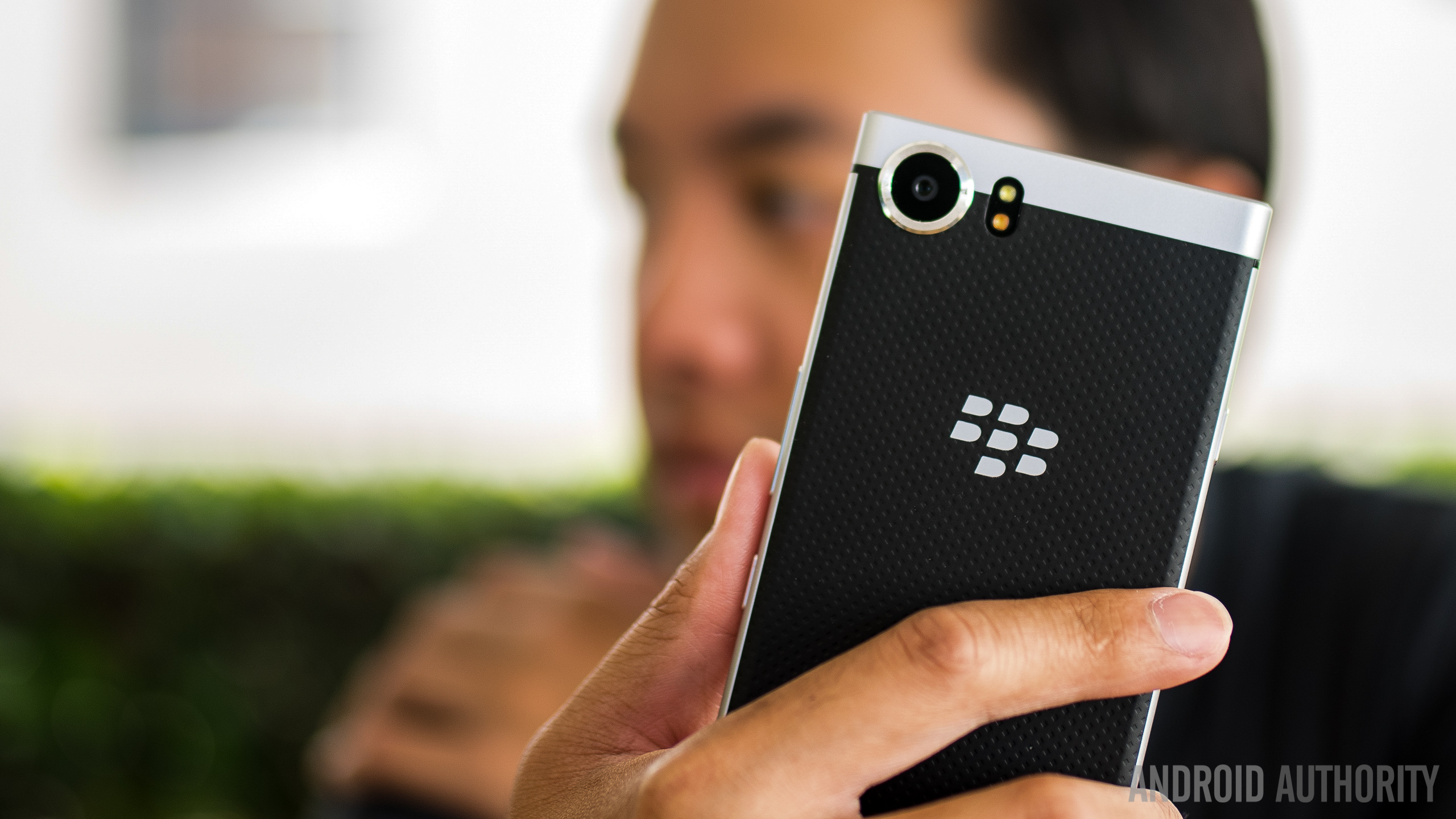
- Huawei 5G base stations have received certification in Europe, paving the way for commercial launches.
- The company previously confirmed that its first 5G phone will launch in Q3 2019.
- The news also comes as the U.S. cracks down on ZTE, and a few months after U.S. carriers dropped Huawei.
Despite the P20 and P20 Pro, Huawei's ambitions have taken a knock in 2018, as U.S. networks recently shunned the Chinese manufacturer. The company enjoys big business in Europe though, so it's no surprise to hear that Huawei 5G base stations have received the green light there.
According to Xinhua News (and spotted by TechNode), Huawei is the first company to receive a "CE type examination certificate" for 5G base stations from the German TÜV SÜD authority. The Chinese publication notes that the testing and certification process took roughly two months to complete.
The certification marks a key stepping stone towards commercial 5G network launches, joining a raft of other Huawei/5G news in recent weeks.
Huawei 5G plans take shape

Last week, the company announced that its first 5G phone was coming in Q3 2019. It's believed that this could be the Mate 30, given Huawei's tendency to launch a Mate phone in the second half of the year. The company also used the Huawei Matebook X Pro event at MWC 2018 to tout its 5G consumer premises equipment, marking yet another link in the company's 5G chain.
The firm's milestones might not come as a surprise when you hear that it's spent $600 million on 5G research since 2009. Back then, LTE wasn't even a real-world thing.
It's clear that Europe is more open to Huawei's network business, following certification of the firm's 5G base stations.
The latest news also illustrates a marked difference between Huawei's operations in Europe and the U.S. Europe is one of the company's most important markets, with Counterpoint Research saying that the company ships more phones in Italy and Spain than Apple.
The renewed push into Europe is a no-brainer for the company. The United States is off-limits following a debacle earlier this year that saw carriers drop the Huawei Mate 10, reportedly due to pressure from the U.S. government. So the decision to plough resources into the EMEA markets, in addition to the wider Asian region, is really the only one.
They aren't the only Chinese brand feeling the pressure from the U.S. though, as ZTE faces a seven year supply ban for selling telecoms equipment to Iran. It's believed that ZTE could lose its crucial supply of Qualcomm Snapdragon processors as well as Android-associated licenses if the ban passes.
Much like Huawei, ZTE's expansion ambitions are reliant on a license to Google Mobile Services, being the popular suite of Google apps and APIs that power Android devices outside China. But unlike Huawei and its homegrown chips, ZTE uses Snapdragon processors to power millions of its smartphones. In other words, Huawei is in a much better situation right now than its fellow Chinese brand.
from Android Authority https://ift.tt/2Fd5SPe
via IFTTT

Aucun commentaire:
Enregistrer un commentaire